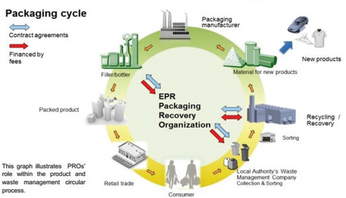Coating Precision for Lithium-Ion Batteries: A Discussion on the Potential Impacts of Electrode Coating Tolerances on Safety
Lithium-ion battery manufacturers expect increasingly tighter tolerances on electrode coating uniformity and dimensions.
Eric Maki, Durr Systems, Inc.
Lithium-ion battery manufacturers expect increasingly tighter tolerances on electrode coating uniformity and dimensions. With coat weight tolerances of <+/-1%, dimensional tolerances of <+/-0.2 mm for length and width, and +/-1 µm thickness expected by battery manufacturers, equipment design and performance can have significant impact on battery performance.
Lithium-ion batteries are miniature electrochemical reactors. Electrode coatings are designed for functionality and not for ease of coating. Every component within the coating has a specific purpose for the overall function of the electrode. Coating thickness, coating deposition uniformity, and product dimensions play critical roles in cell and battery safety and performance. This paper attempts to explain the rationality behind the drive for better coating performance, raises some questions around how current coating equipment can achieve and hold these tolerances, and identifies some challenges for converting and gauging equipment suppliers.
This post is for paying members only
SubscribeAlready have an account? Log in

